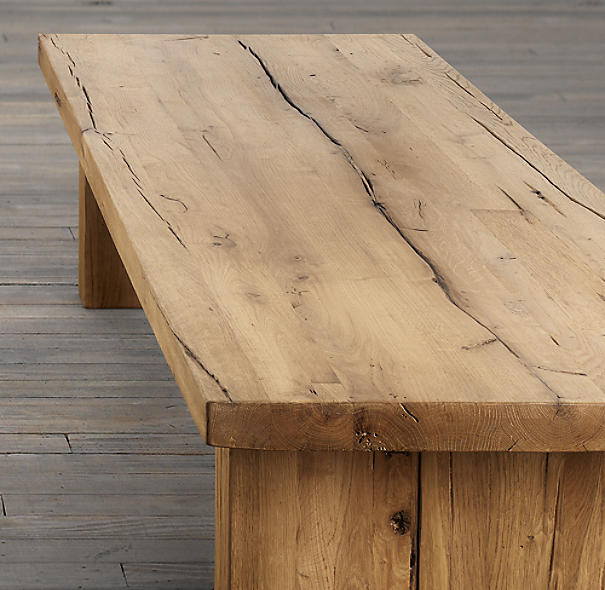Hi all,
I'm familiar with some of the Osmo Oil finishes, having used a number of their oils previously. However I'd like to try something different and I'd like to have a slightly more 'aged' look to the oak. Something along the lines of the below

It's definitely a stain I'm after, and how some of the grain picks up more stain than others adds to the affect. I've seen some new furniture for sale today that looks similar, so I'm sure it's possible, just don't know what I'm looking for.
It'll be for a bed.
Cheers, Rick
I'm familiar with some of the Osmo Oil finishes, having used a number of their oils previously. However I'd like to try something different and I'd like to have a slightly more 'aged' look to the oak. Something along the lines of the below
It's definitely a stain I'm after, and how some of the grain picks up more stain than others adds to the affect. I've seen some new furniture for sale today that looks similar, so I'm sure it's possible, just don't know what I'm looking for.
It'll be for a bed.
Cheers, Rick



